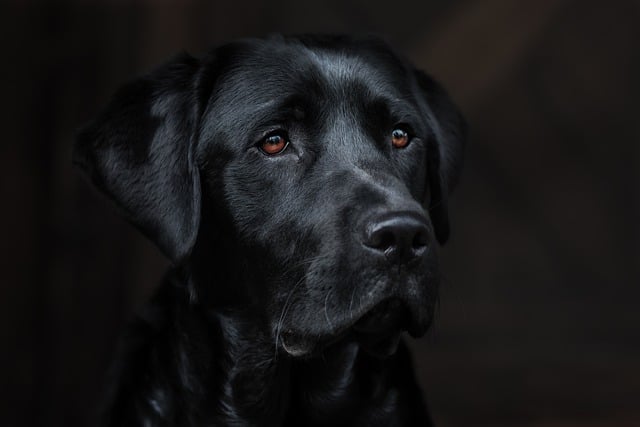
How do I make my dog poop in a specific spot?
If you’ve ever chased your dog around the yard trying to get them to go potty in one place, you know how frustrating inconsistent habits can be.
That moment your dog's hackles rise and a low growl rumbles from their throat at the sight of another canine can turn a pleasant walk into a stressful ordeal. It's vital to understand that managing dog aggression towards other dogs is not about establishing dominance; it is a complex behavioral response typically rooted in fear, anxiety, lack of socialization, or a negative past experience. Your dog isn't trying to be "bad"; they are communicating intense discomfort and a perceived need to protect themselves. Punishing this reaction—by yelling, jerking the leash, or using aversive tools—is not only culturally unacceptable in modern training circles but is also dangerously counterproductive. It suppresses the warning signs while amplifying the underlying anxiety, often leading to a dog that may bite with no warning. Your first and most critical step is a thorough veterinary check-up to rule out any medical issues, like chronic pain or vision problems, that could be contributing to the behavior.
Once health is cleared, your essential next move is to enlist a qualified professional. Seek a certified veterinary behaviorist or a force-free trainer who specializes in canine reactivity. They will help you implement a behavior modification plan centered on counter-conditioning and desensitization. This involves changing your dog's emotional response by exposing them to other dogs at a great distance—a "threshold" where they notice the trigger but do not react aggressively—and pairing that sight with something incredibly positive, like high-value chicken or cheese. The goal is to teach your dog that the appearance of another dog predicts wonderful treats, not fear. Simultaneously, master management: on walks, use a well-fitted harness for control and be hyper-vigilant. Create distance the instant you see another dog, before your dog has a chance to react. Cross the street, change direction, or use a parked car as a visual barrier.
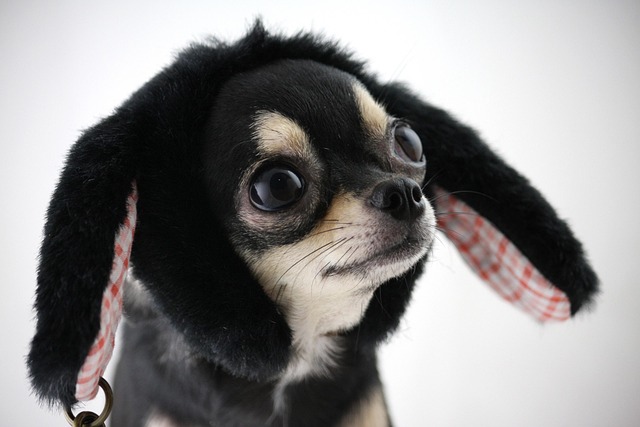
This compassionate, science-based approach is the standard for responsible dog ownership in the U.S. and Europe, aligning with animal welfare principles that reject punitive measures. Your role in managing this issue extends to your legal and community duties. A dog displaying aggression heightens your responsibility to ensure public safety. This means your dog must be securely leashed at all times in public and should be muzzle-trained for scenarios where accidental encounters are possible. It is also a legal imperative to ensure your dog's rabies vaccination is current and the tag is visible on their collar or harness. Furthermore, the stress of reactivity can lead to unpredictable bowel movements. This makes it more critical than ever to be meticulous about carrying poop bags and cleaning up instantly. Failing to do so is a finable offense and a serious breach of community etiquette that can draw negative attention to an already challenging situation.
For apartment dwellers, managing a dog-reactive dog requires extreme diligence and advocacy. Shared spaces like lobbies and elevators are high-risk zones. It is not only acceptable but necessary to proactively manage your environment. Wait for an empty elevator, use stairwells if possible, or politely ask a neighbor with a dog to wait for the next car. Your duty is to be your dog's unwavering advocate, creating a safety bubble to prevent reactions. Inside your home, use window film to block visual triggers if your dog barks at passersby. Remember, addressing dog aggression is a marathon, not a sprint. It requires immense patience, professional guidance, and a commitment to never forcing your dog into a situation that terrifies them. The goal is not to have a dog who plays with every other dog, but to have one that can remain calm and neutral, making walks safer and less stressful for everyone involved.

If you’ve ever chased your dog around the yard trying to get them to go potty in one place, you know how frustrating inconsistent habits can be.
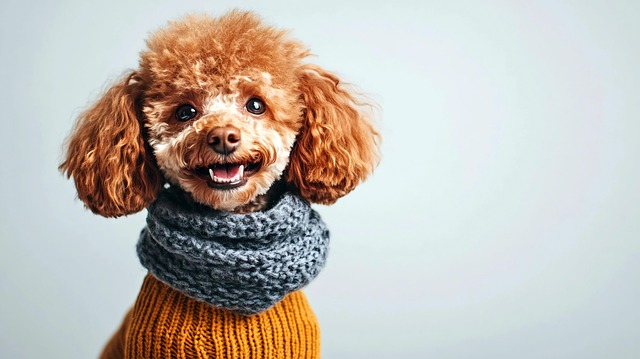
Giant Poodles sit near the top of the list for intelligent dog breeds, and that smarts makes them quick to pick up on training cues—if you approach it the right way.
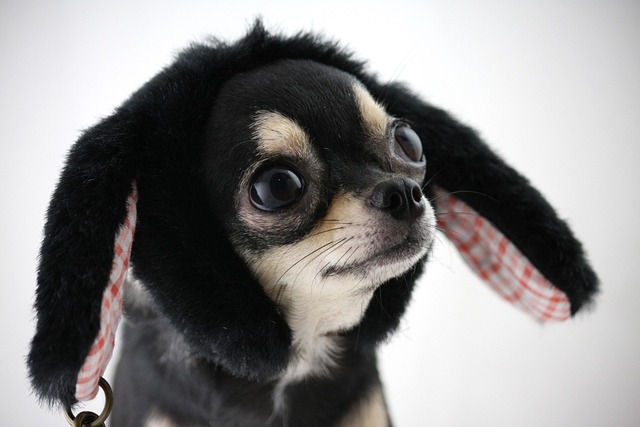
Chihuahuas are tiny but mighty, and their small bladders mean accidents inside can happen more often than with larger breeds. Start by sticking to a strict schedule—take them out first thing in the morning, right after meals, and before bed.
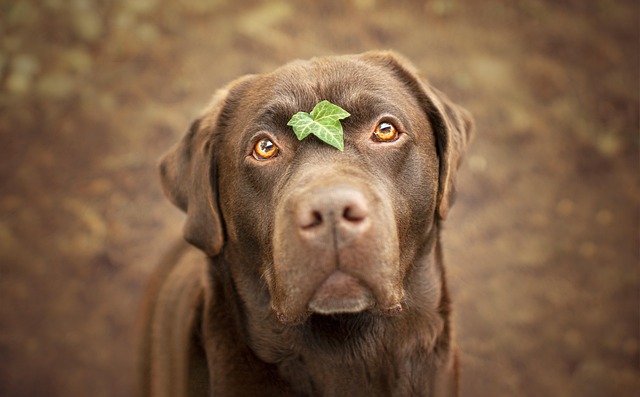
Many Labrador owners find themselves frustrated when their fluffy pups don’t pick up commands as quickly as expected.
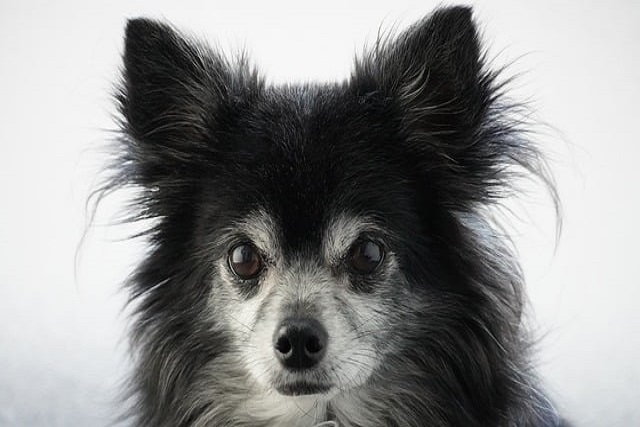
Witnessing your dog display aggression is deeply concerning, and the immediate question of what you can "give" them to make it stop is a natural one.
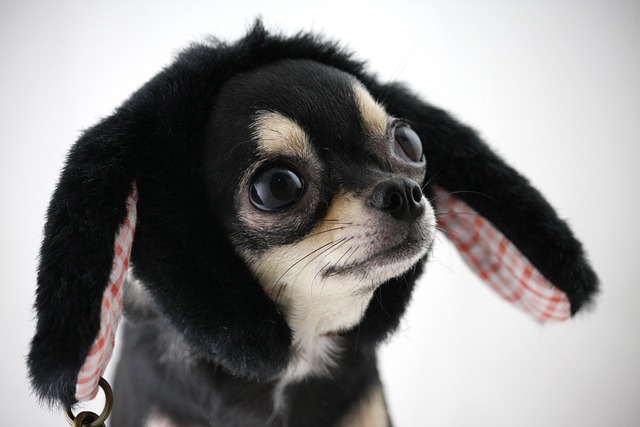
That moment your dog's hackles rise and a low growl rumbles from their throat at the sight of another canine can turn a pleasant walk into a stressful ordeal.